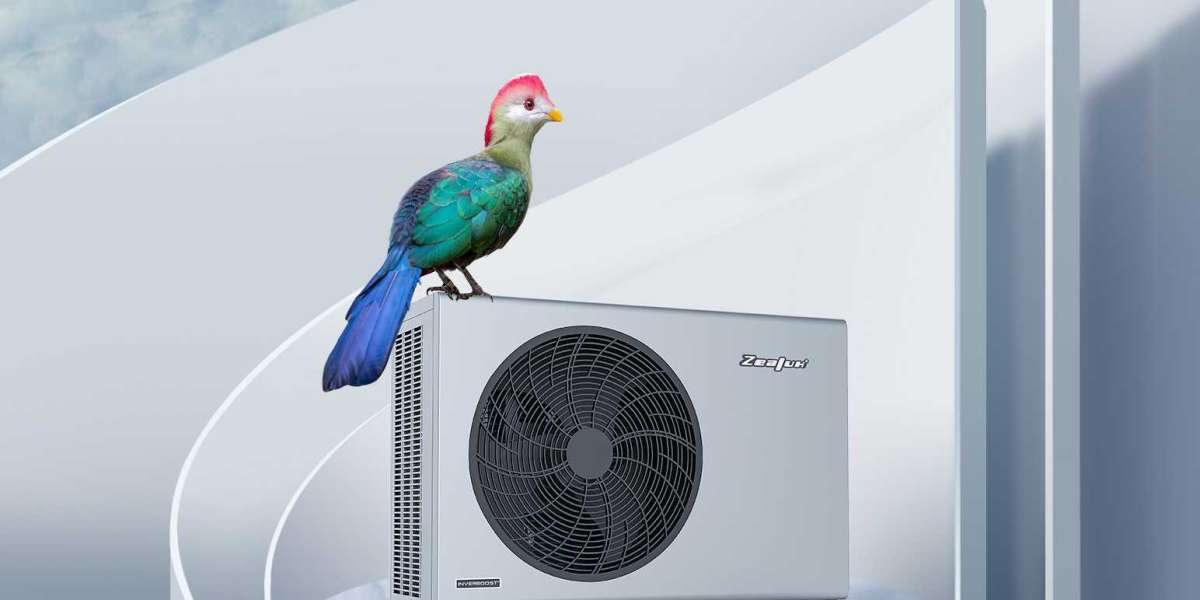Gas-powered drills are valuable tools that facilitate a wide range of drilling tasks with efficiency and precision. To maintain their performance and longevity, regular maintenance is essential. We'll explore some common maintenance tips for Gas Power Drills, covering everything from routine checks to proper storage practices.
Regular Inspection and Cleaning:
Regular inspection and cleaning are fundamental aspects of gas-powered drill maintenance. Before each use, inspect the drill for any signs of wear, damage, or loose components. Check the drill's exterior for debris, dirt, or oil buildup, and wipe it clean with a damp cloth. Pay special attention to the air vents, cooling fins, and exhaust ports to ensure unobstructed airflow and optimal cooling during operation.
Lubrication of Moving Parts:
Proper lubrication is crucial for the smooth operation of gas-powered drills. Apply a few drops of oil to the drill's moving parts, including the chuck, gears, and bearings, to reduce friction and wear. Use a high-quality lubricant recommended by the manufacturer and follow the guidelines provided in the drill's user manual. Avoid over-lubricating, as excessive oil can attract dust and debris, leading to clogs or malfunctions.
Fuel System Maintenance:
The fuel system is integral to the operation of gas-powered drills, so it's essential to maintain it properly. Use clean, fresh fuel that meets the manufacturer's specifications and avoid mixing different types of fuel or using stale gasoline. Periodically inspect the fuel lines, filters, and carburetor for signs of clogs, leaks, or deterioration. Replace any damaged or worn components promptly to prevent fuel system issues and ensure optimal performance.
Spark Plug Inspection and Replacement:
The spark plug plays a crucial role in igniting the fuel-air mixture in the engine, so it's vital to inspect and replace it as needed. Check the spark plug regularly for signs of fouling, corrosion, or wear, and clean or replace it according to the manufacturer's recommendations. A properly functioning spark plug ensures reliable starting and smooth engine performance, so don't overlook this critical maintenance task.
Air Filter Maintenance:
The air filter prevents dirt, dust, and debris from entering the engine and causing damage, so it's essential to keep it clean and free of obstructions. Remove the air filter cover and inspect the filter for dirt buildup or damage. Clean the filter using compressed air or a mild detergent solution, and allow it to dry completely before reinstalling it. Replace the air filter if it's excessively dirty or damaged to maintain proper engine airflow and performance.
Proper Storage Practices:
Proper storage is key to preserving the condition of your gas-powered drill during periods of non-use. Store the drill in a clean, dry environment away from moisture, extreme temperatures, and direct sunlight. Use a protective case or cover to shield the drill from dust, debris, and potential damage. Before storing the drill for an extended period, empty the fuel tank and run the engine until it stalls to prevent fuel from deteriorating and causing starting problems.
Conclusion:
Regular maintenance is essential for keeping your Gas Power Drill in prime condition and ensuring reliable performance. By following these common maintenance tips, you can prolong the lifespan of your drill, minimize the risk of breakdowns, and maximize its efficiency on the job. From regular inspections and cleaning to proper lubrication and fuel system maintenance, proactive care and attention to detail will help you get the most out of your gas-powered drill for years to come.



